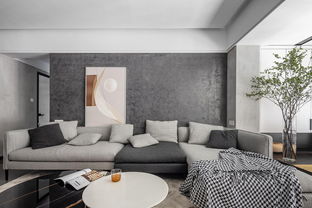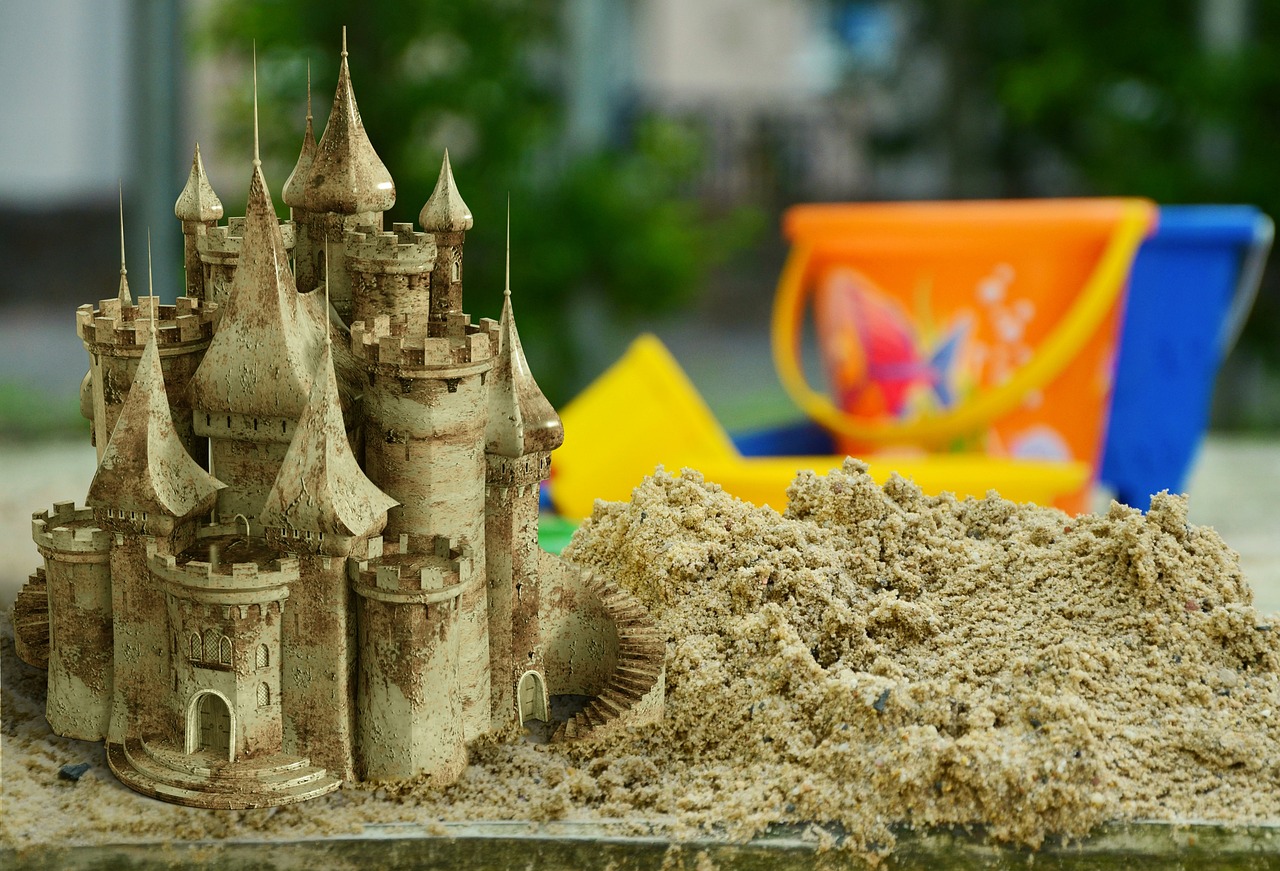顶面做艺术漆的好处
Title: Mastering Artistic Textures in Painted Surfaces
In the realm of interior design and decoration, achieving captivating and unique surface textures on painted ceilings can elevate a space from mundane to extraordinary. Whether you're aiming for a subtle hint of texture or a bold statement, understanding various techniques to create artistic textures on painted surfaces is paramount. Let's delve into some methods and tips to master the art of creating stunning textured effects on ceilings.
Understanding Texture Creation:
1.
Tools and Materials:
Quality brushes and rollers.
Texture additives like sand, perlite, or joint compound.
Paint in desired colors and finishes.
Protective gear like gloves and goggles.
2.
Preparation:
Ensure the ceiling surface is clean, dry, and free of any imperfections.
Prime the surface with a suitable primer to enhance paint adhesion and durability.
Techniques for Achieving Artistic Textures:
1.
Sponging:
Dip a natural sea sponge or a synthetic sponge into the paint.
Dab excess paint onto a paper towel.
Gently press the sponge onto the ceiling surface in a random or patterned manner.
Experiment with layering colors for depth and dimension.
2.
Dragging:
Apply a base coat of paint and let it dry completely.
Use a dry brush or a dragging tool to apply a contrasting color in a dragging motion.
This technique creates elegant striations and can mimic the look of fabric or wood grain.
3.
Stippling:
Load a stippling brush with paint.
Lightly dab the brush onto the ceiling surface, creating a stippled effect.

Vary the pressure and spacing of the dots for different textures.
4.
Combing:
Apply a base coat of paint and let it partially dry.
Use a combing tool to create linear patterns by dragging it through the wet paint.
Experiment with different combing directions and spacings for diverse effects.
Tips for Success:
1.
Practice on Sample Boards:
Before tackling the ceiling, practice your chosen techniques on sample boards to refine your skills and perfect your desired texture.
2.
Layering and Blending:
Don't hesitate to layer multiple textures or blend different techniques for a custom look that suits your aesthetic vision.
3.
Consistency is Key:
Maintain a consistent technique and pressure throughout the painting process to ensure uniform texture across the entire ceiling.
4.
Step Back and Assess:
Periodically step back to view your progress from a distance, ensuring the overall effect is harmonious and balanced.
5.
Experimentation:
Don't be afraid to experiment with unconventional tools or mix different texture additives into your paint for unique results.
Conclusion:
Mastering artistic textures on painted ceilings requires patience, practice, and a willingness to experiment. By understanding various techniques and following these tips, you can transform any ceiling into a breathtaking focal point that enhances the overall ambiance of your space. So, unleash your creativity and let your imagination soar as you embark on the journey of creating stunning textured effects in your next painting project.











